“Don’t think the garden loses its ecstasy in winter. It’s quiet, but the roots down there are riotous.” – Rumi
Our ancestors started keeping lawns in the middle ages with spreads of chamomile, thyme, and other aromatic plants that were low-growing and served well as ground cover. By the 18th century we noticed the shift towards turf lawns, requiring an army of caretakers with scythes, shears, and horse-drawn lawn-rollers. Today, it is estimated Americans have some 62,500 square miles of turf grass. Folks, that’s enough lawns to cover the entire state of Georgia and have some left over to spare!
This monoculture leads to a reduction in diversity of local wildlife like birds, frogs, insects, spiders, and lizards. If you’ve been keeping up with ecological news you’ll have heard about the loss of nearly 80% of insects over the past three decades being reported in the Public Library of Sciences (PLoS ONE) earlier this year. We don’t yet know the long-reaching effects of such a profound loss to global crops, climate, and bioregions.
It’s also worth mentioning the public health risks of petroleum-powered lawn care machinery contributing to air pollution, and the very real health concerns of exposure to chemical fertilizers and pesticides, especially to children and pets who are exposed more to turfs than most of us.
Wild lawn
I’ve been telling clients and students that I would slowly be converting the front lawn into a cross between an apothecary garden, with medicinal plants, and a wildflower garden for the pollinators and those of us who enjoy flowers. This season we’re in that transition space where the grass is tall and unsightly so it definitely looks like a wild lawn at the moment. Since the yard hasn’t had any real soil attention in decades that’s been my main priority since last winter. I’m using dried molasses, compost, and a soil activator that helps the soil’s microbiome (it’s a bit like adding yogurt to the garden’s diet!). To break up the compacted soil I’m growing radishes all over the front yard, which makes some of my neighbors chuckle. There’s some clovers mixed in with some wildflowers that are slowly making progress to suppress the Bermuda and St Augustine grasses during the cool periods.
Here’s a few articles I’ve enjoyed reading in this process:
- The Wildlife Value of a Messy Garden
- Making ‘Messy’ Look Good
- Maintaining the grounds of a landed British estate: Georgian gardening
- More Sustainable (and Beautiful) Alternatives to a Grass Lawn
- Turf Wars: Manicured lawns kill ecosystem – but we’re not ready to shut off mowers
- Foodnotlawns.com
And on my wish list for the New Year: a pollinator lawn sign from the Xerces Society






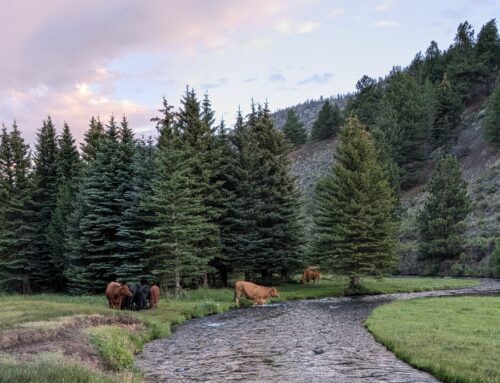
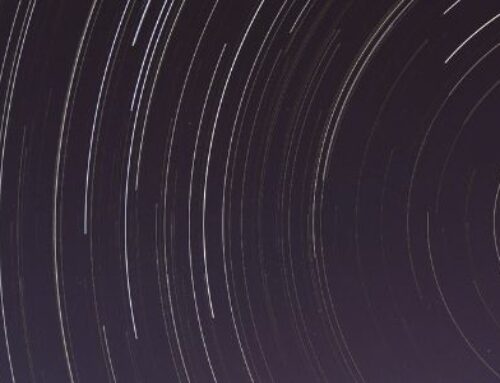
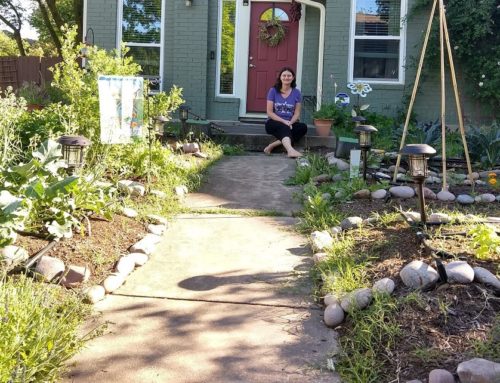
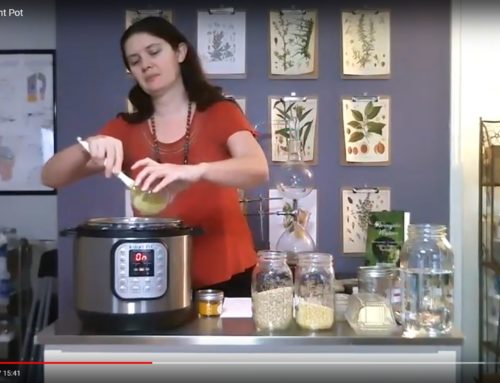
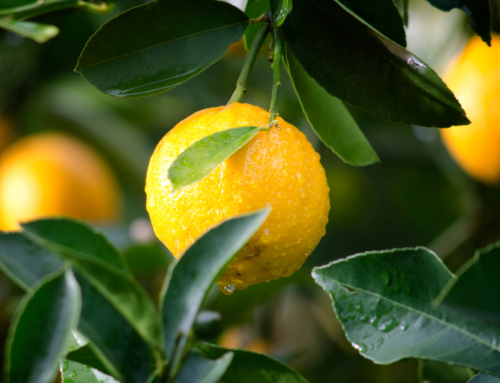
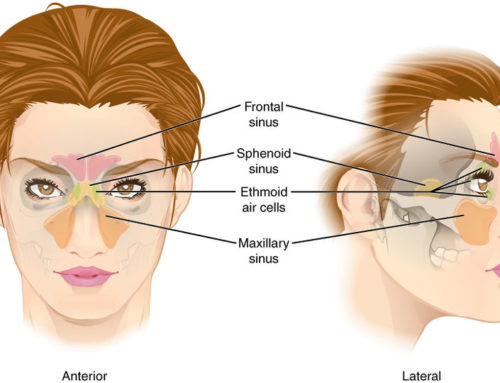
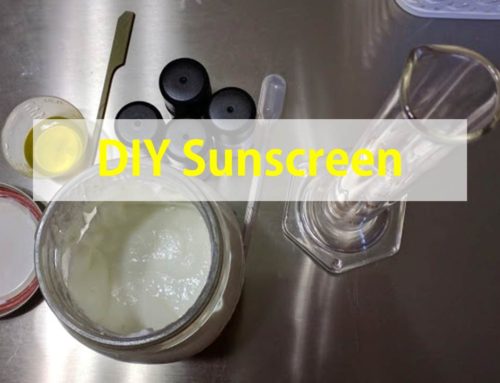
Leave a Reply